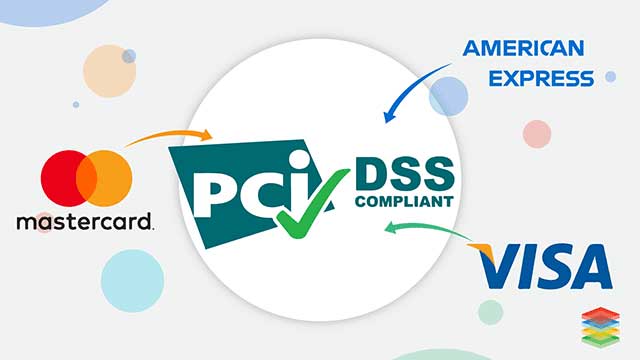
The Payment Card Industry Data Security Standard (PCI DSS) is a set of security standards developed to make sure credit card transactions are handled securely. The goal of PCI DSS is to protect cardholder data, but it applies to any organization that stores, processes or transmits credit card data for more than one person.
There are 12 requirements in the PCI DSS, which are organized into six categories:
– Build and Maintain a Secure Network
– Protect Cardholder Data
– Maintain a Vulnerability Management Program
– Implement Strong Access Control Measures
– Regularly Monitor and Test Networks
– Maintain an Information Security Policy
If you’re thinking of PCI compliance, you should start by familiarizing yourself with the requirements. Once you have a good understanding of what’s expected, you can begin working on a plan to implement the necessary changes. Keep in mind that PCI compliance is an ongoing process, not a one-time event. You’ll need to regularly review and update your security measures to make sure you’re keeping up with the latest standards.
If you have any questions about PCI compliance or need help getting started, feel free to contact us. We’re always happy to chat about security and answer any questions you may have. Thanks for reading! Hopefully this has been helpful in beginning to understanding PCI compliance and what it entails.
If you enjoyed this post, be sure to check out our other blog posts on a variety of topics related to information security! Thanks for reading! Stay safe out there! pci compliance is important, but so is common sense when it comes to internet safety. Be sure to use both when handling sensitive information.
Achieving and maintaining compliance with the PCI DSS involves a number of steps: first assess your environment against the twelve requirements; then identify which requirements apply and need further attention; perform an in-depth analysis; choose controls based on your assessment and implement them. In order to achieve PCI compliance, organizations should follow these steps: First, they should assess their current environment against the twelve requirements. Secondly, they should identify which requirements apply and what further action needs to be taken on those areas. Thirdly, they need to perform an in-depth analysis of their current state with regards to regulations and industry best practices regarding defending against threats associated with data security breaches. Next, determine which controls are appropriate for each requirement that was identified as being applicable in the previous step based on this new knowledge about their vulnerabilities and risks from a security perspective. Fourthly then implement those controls where possible
Security Standards
The Payment Card Industry Data Security Standard, or “PCI DSS,” is a security standard and set of guidelines created by the Payment Card Industry Security Standards Council. The PCI DSS establishes controls to protect credit card information that is being processed or stored on an organization’s computers. The PCI Council has released a new version of the standard each year since 2006, so that organizations can be updated with changes in industry standards. Organizations must comply with the most current version of the PCI DSS when it takes effect, usually around April 1 each year. Failure to meet this compliance could result in fines from both Visa and MasterCard for non-compliance with their respective operating rules (e.g., Visa may charge $100 per violation up to $20,000 per day). Certified compliance providers (CCPs) have been notified as well as other companies within the payment card ecosystem about changes in standards requirements and have been working together to make sure all organizations are compliant before penalties begin taking effect on April 1
Cardholder Data
The Payment Card Industry (PCI) is a standard for the security of credit card transactions. Its primary purpose is to prevent fraud and theft, which can take place with issues such as Point-of-sale (PoS) systems. Before using any PoS system, merchants must validate that it complies with PCI standards by submitting their system to a Qualified Security Assessor (QSA). The QSA will then review the system, testing its vulnerability and compliance with PCI standards. If the assessment results are found to be satisfactory, then the merchant may use the PoS system in question without being liable for any fraudulent activity from that point onwards.
